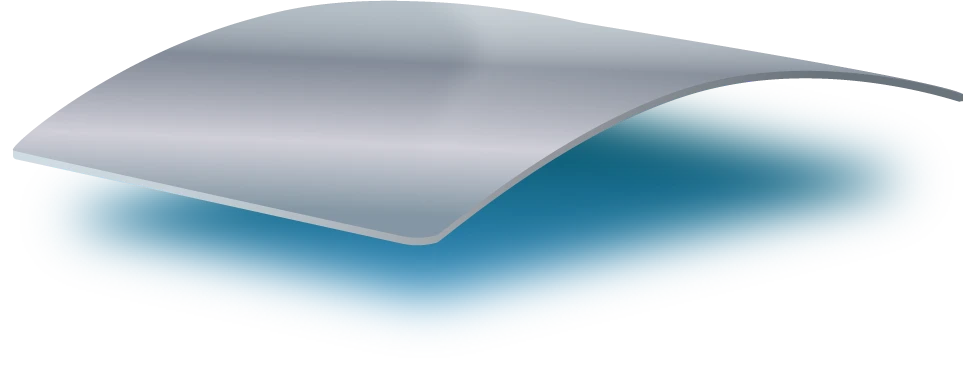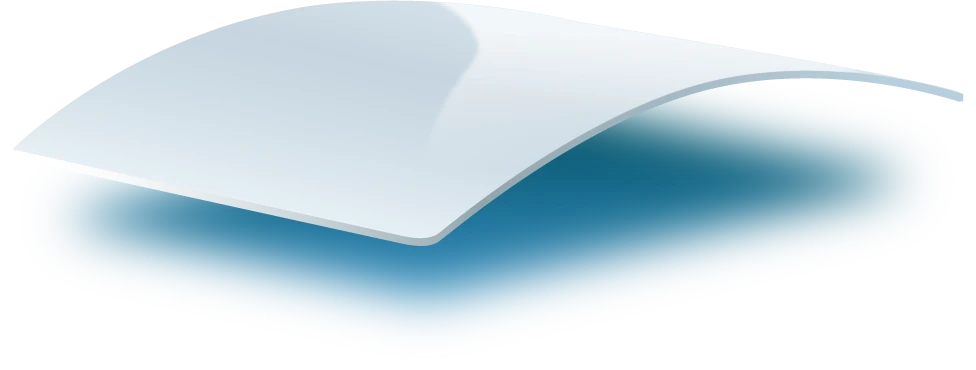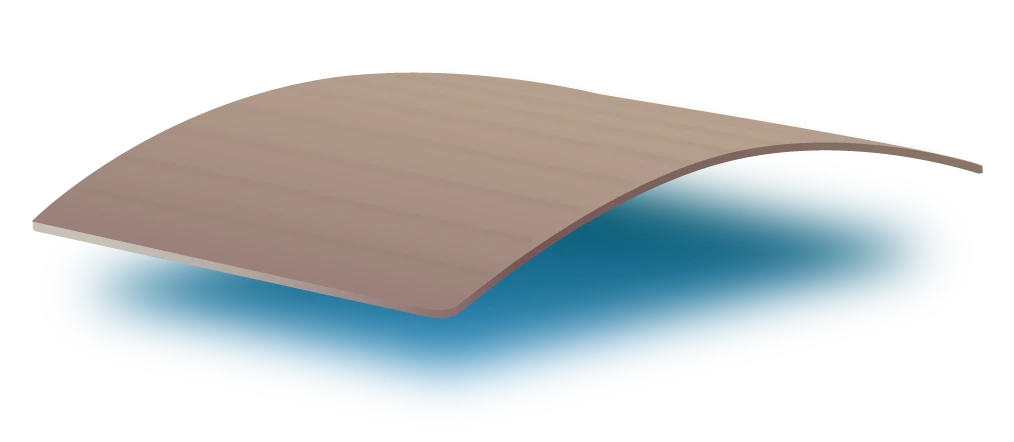
Comprehensive labeling solutions for the oil and gas industry
From safety labels to calibration tags, CleanMark custom labels ensure safety, increase efficiency, and function reliably even in the harshest environments.
Upgrade to custom labels
- Give us some initial information
- Talk to a label expert
- Review and test your custom label
- Production and shipping

Standard labels just can’t hack it in the oil and gas world
The heat, chemicals exposure, and abrasion of oil and gas environments are too much for most off-the-shelf labels. CleanMark’s custom labels withstand extreme environments and can be custom designed to multi-task through your processes, saving time and resources.
- Designed by engineers with energy sector expertise
- Engineered for extreme durability
- Backed by a team committed to long-term success
Learn more about how we customize oil and gas industry labels
With CleanMark custom labels, you get durability and functionality
Unlike standard labels that are designed for one purpose, CleanMark’s custom labels are multi-functional, so you can add batch info, safety warnings, and even proof of inspection all on one incredibly durable label.
Optimize operations
CleanMark labels streamline operations by quickly and reliably conveying essential information, from asset management to safety inspections or batch tracking.
Prioritize safety
Custom safety labels provide clear hazard communication, improve emergency response time, and minimize human error, leading to fewer accidents and injuries.
Maintain compliance
Always be audit ready with CleanMark’s durable inspection, environmental, and safety labels.

Put labeling innovation to work for you
CleanMark has been leading the way in labeling solutions for 40 years. From heat resistance to chemical-resistant adhesives, we have the label technology to ensure your products are safe and successful.
Extreme durability
There’s no environment too extreme for CleanMark to label. Our team of engineers has worked with customers to create materials that withstand the harshest conditions. Whatever you need, we’ll find a way to make it.
Learn more
Specialized adhesives
Labels have to stay stuck in order to do their job. CleanMark’s custom-engineered adhesives are designed to reliably adhere to difficult surfaces in difficult environments.
Learn more
Long-term legibility
CleanMark’s variety of printing and finish options ensure your labels remain legible for the long run, despite abrasion, chemical exposure, and extreme temperatures.
Learn more
Solutions for all your oil and gas industry label needs
From extreme temperature resistance to tamper-evident label elements, we’ve got you covered.
Chemical resistant labels
Resistant to degradation caused by harsh chemicals
Heat resistant labels
Maintain integrity and legibility at high temperatures
Freezer labels
Designed for temperatures between 0°C and -40°C
Cryogenic labels
Ideal for liquid nitrogen environments of -196°C
Refrigerator labels
Cold chain labels designed for use between 2°C to 8°C
Dry ice labels
Optimized for ultra-low temp lab freezers between -40 °C and -80 °C
Waterproof labels
Maintain integrity and legibility in high-moisture environments
Direct thermal labels
Optimized for use with direct thermal printers like Zebra and DYMO
Thermal transfer labels
Perfect for Zebra, DYMO and other thermal transfer printers
Laser labels
Ideal for detailed text and graphics printed on major laser printers
Inkjet labels
Optimized for vibrant colors printed on major inkjet printers

Let us take the guesswork out of oil and gas industry labels
One of our energy sector labeling experts is waiting to partner with you.
- Tell us your needs
- We design an efficient, reliable solution.
- You never think about labels again.
Looking for more information about oil and gas industry labels?
Explore case studies, articles, guides and more in our extensive library of labeling resources.

5 steps to tame the change management process

Need help getting your manufacturing process improvement across the finish line?

Manufacturing operations: why smart improvements stall and how to get them moving again

We’ve been partnering with leading companies for 40 years
Stay up to date on labeling advances in the energy sector
From hazmat labels to new heat durable adhesives, CleanMark keeps you up to date on the labeling solutions that withstand tough conditions.
Have more questions? We have answers!
Read on for answers to our customers’ most common questions.




































